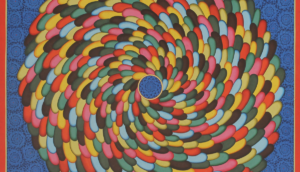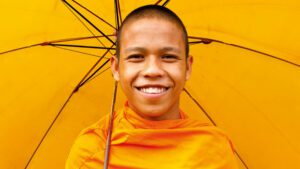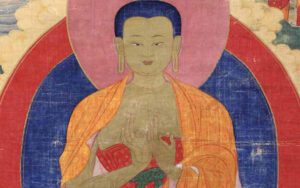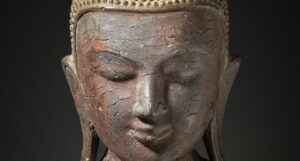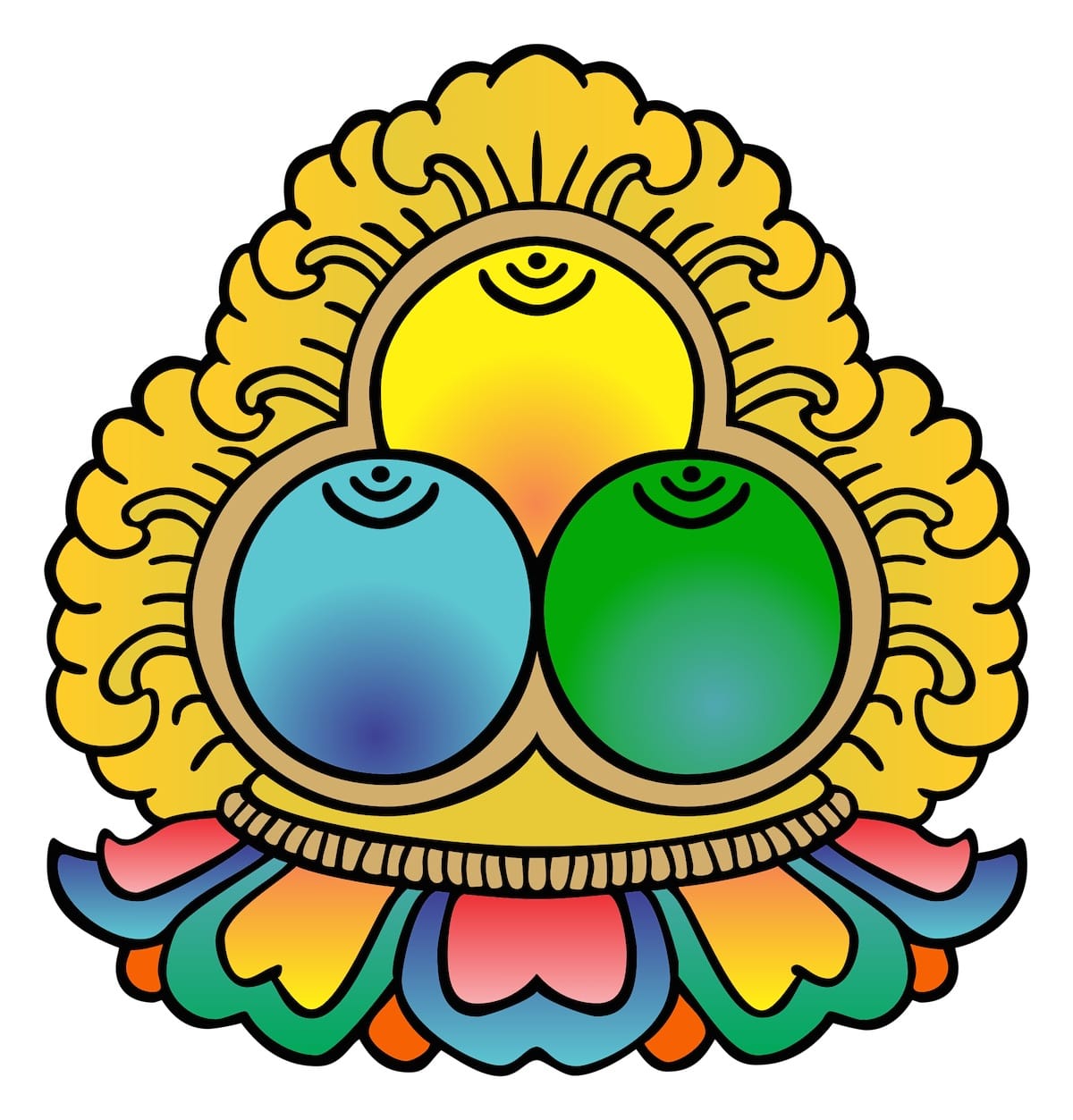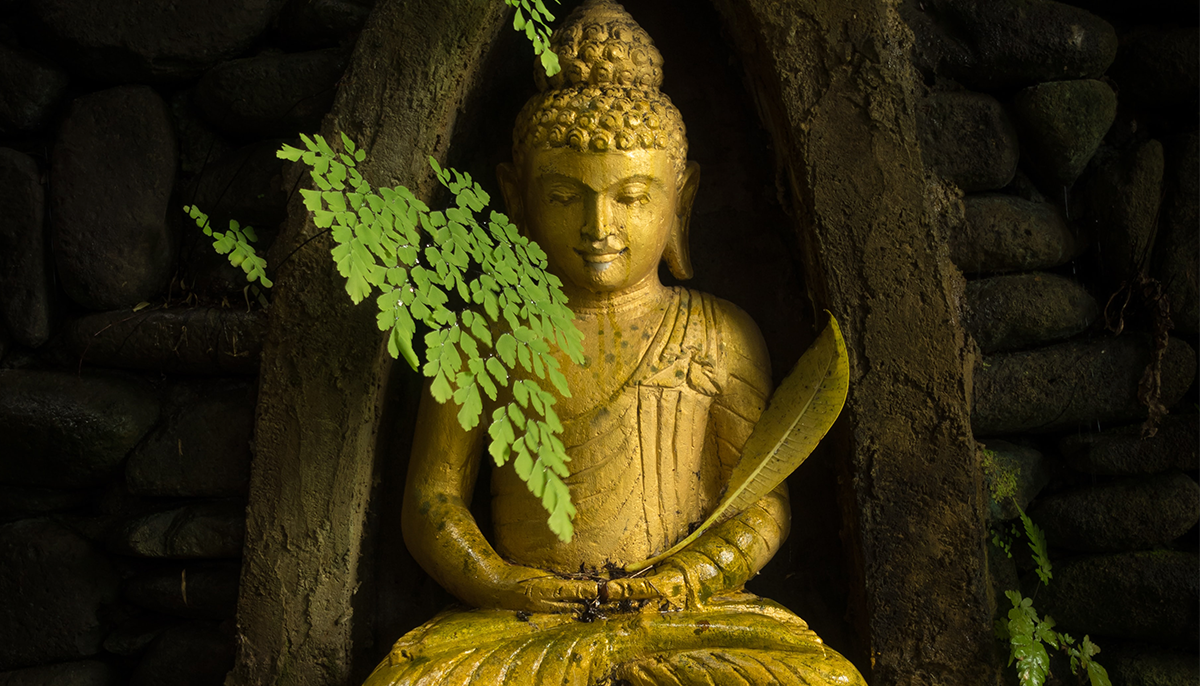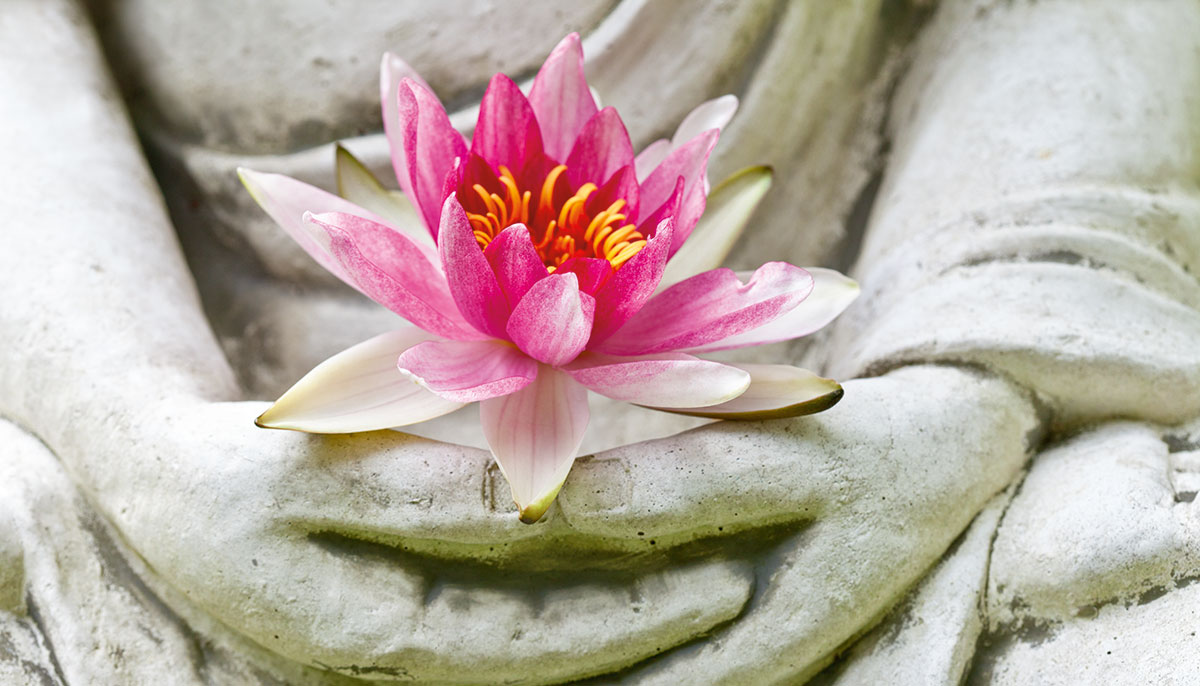Deep Dive
Taking Refuge
Taking refuge in the Buddha, dharma, and sangha is an essential part of becoming a Buddhist, but one’s relationship with refuge doesn’t end there. Whether you’ve just taken it for the first time or the four-thousandth, this collection of teachings will help you continue a healthy engagement with the three jewels.
“This connection to Buddha, dharma, and sangha is not like a rigid, concrete bridge that connects one side of the river to the other and is designed to last for a thousand years. It’s more like an enchanted rope that slowly but inevitably draws the two shores closer together until they merge and we realize that samsara is nirvana and that the outside buddha and the inside buddha are the same.”
—Yongey Mingyur Rinpoche
Take Refuge in the Three Jewels
If we take refuge in the Buddha, the dharma, and the sangha, we are never alone. Three Buddhist teachers explain.
The Decision to Become a Buddhist
Taking refuge in the Buddha, the dharma and the sangha is something more than a ritual, wrote Chögyam Trungpa Rinpoche.
Shelter in the Three Treasures
Vanessa Zuisei Goddard shares how taking refuge in the three treasures of buddha, dharma, and sangha allows us to practice not in spite of trying circumstances, but with them.
The Jewel We Make
How do we take refuge in sangha? Former Buddhadharma editor Koun Franz, it’s all about embracing change.
Living Buddhist Ethics
Looking primarily at the three sila aspects of the Buddha’s eightfold path—right action, right speech, and right livelihood—leading dharma figures explain how, as Buddhists in today’s world, we can live ethically, and in accord with what the dharma teaches.
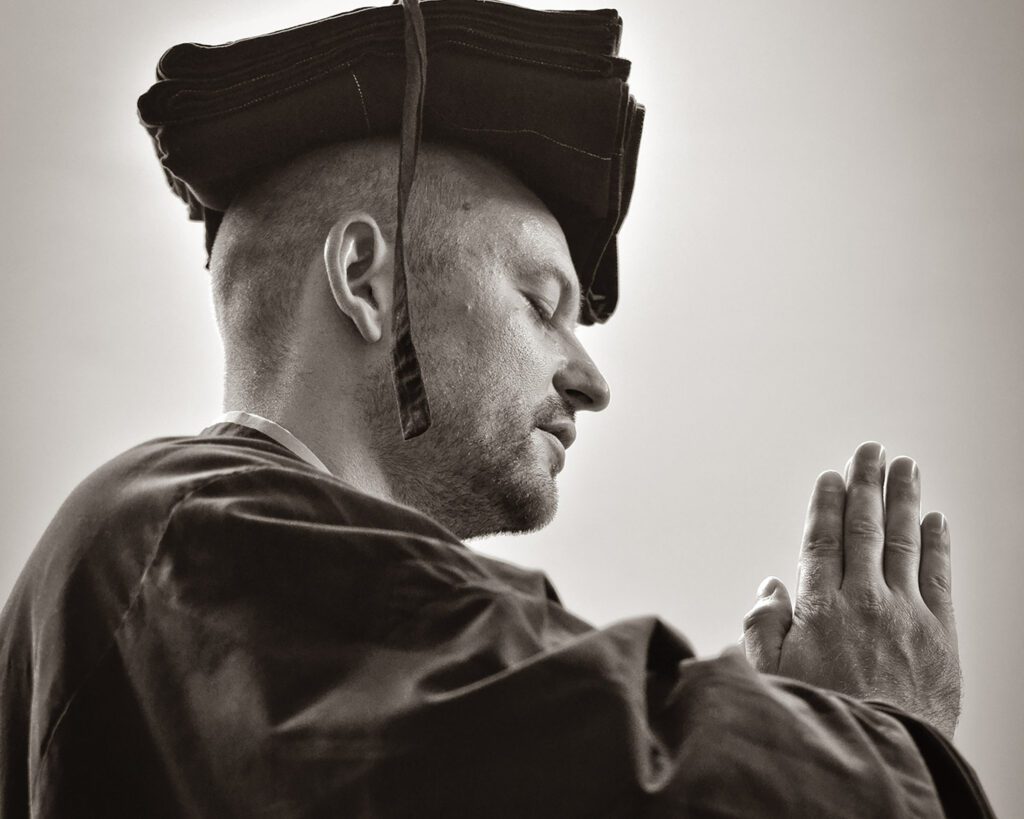
Ethics, Meditation, and Wisdom
Norman Fischer on how sila, samadhi, and prajna work together to give us stability on the Buddhist path to liberation.
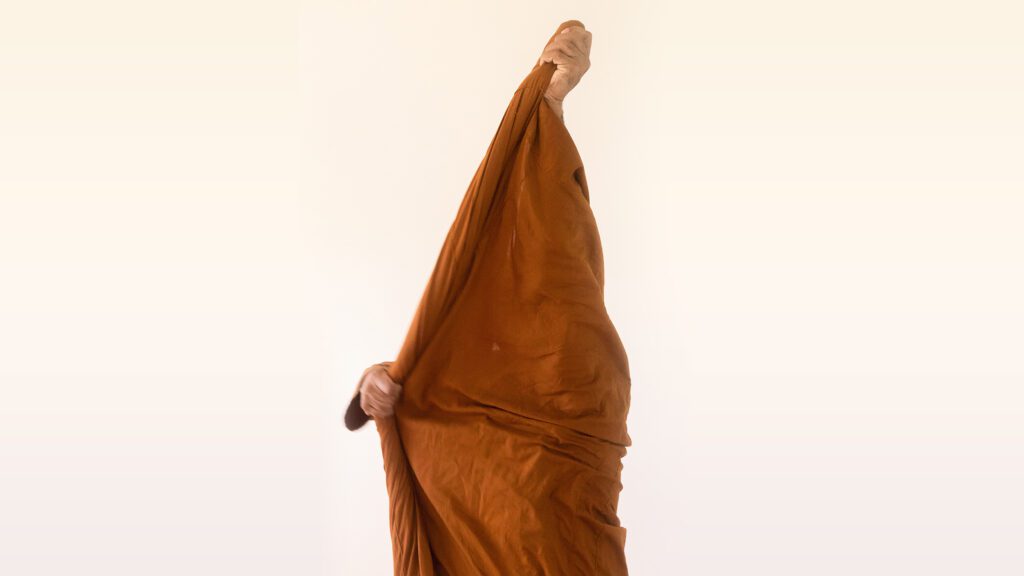
Understanding the Vinaya
Amy Paris Langenberg on the history, evolution, and modern manifestations of the training rules followed by Buddhist monastics.

Dukkha as a Doorway to Liberation
Scott Tusa on how Buddhist ethics transcend mere morality and help us to realize awakening.
The Six Dharmas of Naropa
Considered a fast track to buddhahood, the Six Dharmas are advanced tantric practices including tummo (inner heat), yoga of the dream state, resting in luminosity, and more. Featuring an overview by Pema Khandro Rinpoche, plus in-depth teachings by specialists in each of the Six Dharmas.
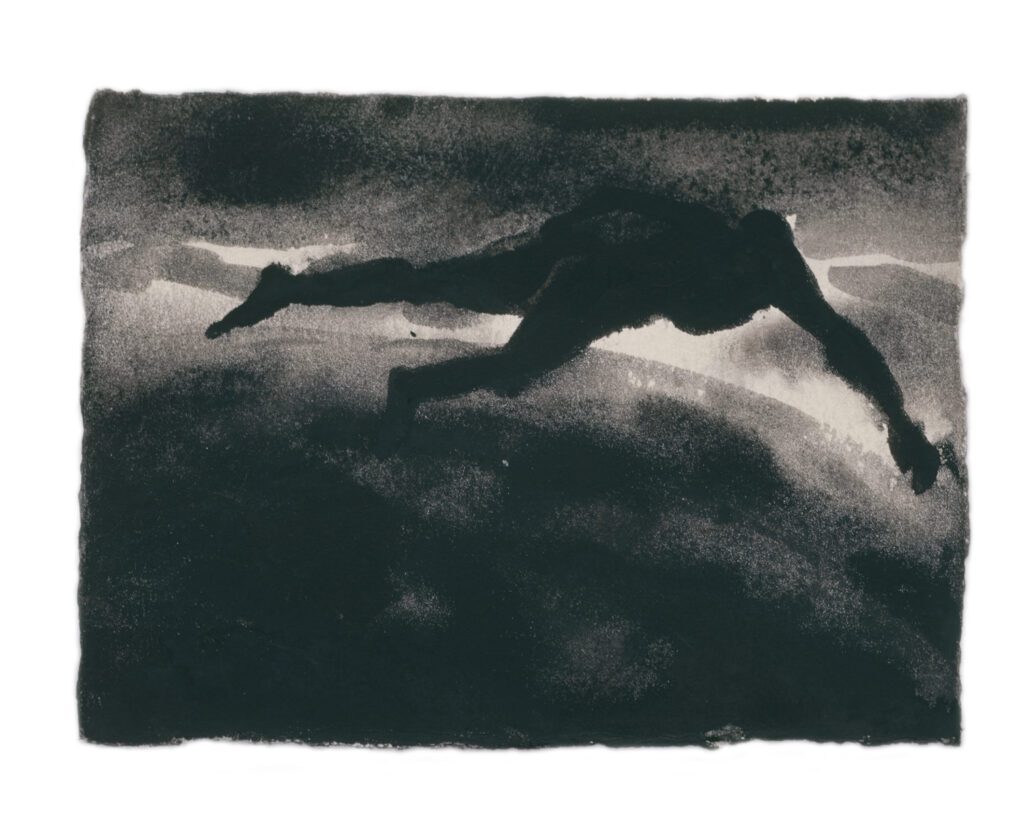
The Swift Path to Buddhahood
Pema Khandro on the fascinating history, practice, and purpose of the Six Dharmas of Naropa.
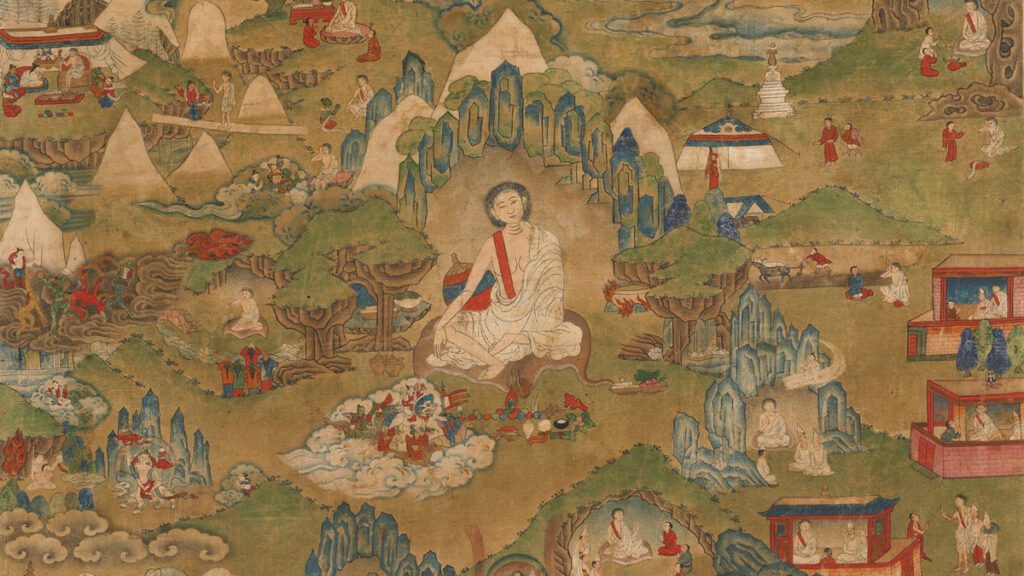
The Practice of Fierce Inner Heat
Judith Simmer-Brown on tummo, one of the most famous esoteric practices of Tibetan Vajrayana and the Six Dharmas. What is it, what are its benefits, and what role does it play in our journey to enlightenment?

A Wake-Up Call
Andrew Holecek on bardo, one of the Six Dharmas of Naropa’s two practices for helping us find our way, when the time comes, through the death experience. It can help us in life, too.

